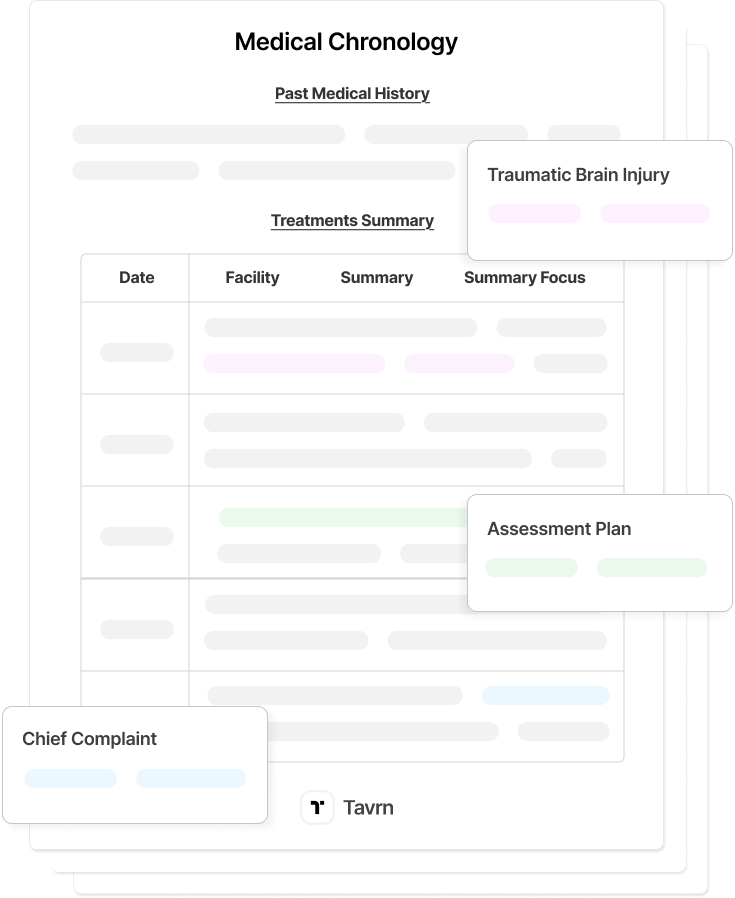Indiana’s medical malpractice law imposes a total damages cap on recoveries from qualified healthcare providers. The cap applies to both economic and noneconomic damages, with provider liability limited to a fixed share and the balance payable by the state’s Patient’s Compensation Fund (PCF).
Indiana’s statutory scheme has been repeatedly upheld by the courts. The system balances patient recovery with liability protections for providers, and strict procedural rules govern malpractice filings.
This article reviews Indiana’s statutory cap history, constitutional rulings, recent case law, and the procedural framework that controls malpractice litigation in the state.
Legal Framework and Constitutional Authority in Indiana
Indiana’s Medical Malpractice Act (MMA), codified in Indiana Code § 34-18, was one of the first state-level cap laws in the country, enacted in 1975.
Key features include:
- Damage caps on total malpractice recoveries.
- Mandatory medical review panels before litigation against qualified providers.
- The Patient’s Compensation Fund pays claims above each provider’s liability.
The Indiana Supreme Court in Johnson v. St. Vincent Hospital, 404 N.E.2d 585 (Ind. 1980) upheld the MMA against constitutional challenges, rejecting arguments under equal privileges and open courts provisions of the Indiana Constitution. The framework remains valid today.
Are Medical Malpractice Caps Enforceable in Indiana?
Yes. Indiana’s medical malpractice caps are fully enforceable, and courts consistently uphold them.
The cap applies to total damages (economic + non-economic). Recovery beyond a provider’s liability limit is available through the PCF up to the statutory maximum.
Statutory Medical Malpractice Damage Caps in Indiana
Indiana’s cap depends on when the alleged act of malpractice occurred:
Acts after June 30, 2019 (current rule)
- Total cap: $1,800,000
- Provider liability: $500,000
Acts after June 30, 2017, and before July 1, 2019
- Total cap: $1,650,000
- Provider liability: $400,000
Acts after June 30, 1999, and before July 1, 2017
- Total cap: $1,250,000
- Provider liability: $250,000
Any amount above the provider’s share is paid through the Patient’s Compensation Fund (PCF), administered by the Indiana Department of Insurance. The cap applies to the combined total of all damages; there is no “unlimited” economic recovery in Indiana.
Under the Adult Wrongful Death Statute, noneconomic damages for loss of love and companionship are capped at $300,000 for unmarried adults with no dependents.
Recent Developments & Case Law
The General Assembly has not raised the $1.8M cap or $500k provider liability since the 2019 increase. Current law remains as stated in the Indiana Code.
Key Indiana Medical Malpractice Court Precedents
Johnson v. St. Vincent Hospital: Constitutional Foundation
Johnson arose when a group of plaintiffs challenged the Medical Malpractice Act soon after its enactment, arguing it violated the Indiana Constitution’s open courts and equal privileges provisions.
The Indiana Supreme Court upheld the law’s constitutionality, reasoning that the legislature acted within its power to address a perceived medical malpractice insurance crisis. The Court held that limiting recoveries and channeling excess liability into the Patient’s Compensation Fund was rationally related to maintaining healthcare access in the state.
This case remains the foundation for Indiana’s malpractice framework and has been cited repeatedly to uphold the MMA.
Abbas v. Neter-Nu: Prejudgment Interest & Provider Caps
Abbas v. Neter-Nu (Ind. 2025) involved a malpractice action against multiple providers. The trial court had applied prejudgment interest to the total award before allocating it among the defendants.
On appeal, the Indiana Supreme Court reversed, holding that prejudgment interest must be calculated separately against each provider, limited to that provider’s statutory liability cap. The Court emphasized that the MMA’s structure—provider liability capped at $500,000 (post-2019) with excess paid by the PCF—required a per-provider calculation. This prevented prejudgment interest from effectively expanding liability beyond what the statute permits.
The decision clarified settlement dynamics and confirmed that statutory caps govern not only damages but also ancillary remedies like prejudgment interest.
Procedural Rules for Filing Malpractice Claims in Indiana
Strict procedures apply when suing a qualified healthcare provider under the MMA:
- Filing with the IDOI:
- Claims exceeding $15,000 must first be filed with the Indiana Department of Insurance.
- Filing fees are $5 per defendant plus $2 for each additional defendant.
- Medical Review Panel
- One non-voting attorney chair and three Indiana-licensed healthcare providers.
- Panel issues a nonbinding opinion within 180 days (extensions possible).
- Statute of Limitations
- Two years from the act or omission.
- For minors under six, until the child’s 8th birthday.
- The limitations period is tolled during panel review and extends 90 days after the panel’s opinion.
- Qualified vs. Non-Qualified Providers
- Qualified providers (insured and PCF participants) get the benefit of the cap and panel review.
- Non-qualified providers face uncapped liability and standard court procedures.
Faster Indiana Medical Malpractice Case Preparation
Because Indiana’s framework requires compliance with IDOI filing rules, medical review panels, and strict statutes of limitations, efficiency is critical in malpractice litigation.
- Building medical chronologies, expert disclosures, and pre-suit submissions quickly is essential to avoid dismissal or sanctions.
- AI-powered legal platforms can automate record medical retrieval, summary composition, and demand drafting.
Learn how Tavrn helps Indiana malpractice firms accelerate case preparation. Get a demo.

.webp)
.webp)




















































